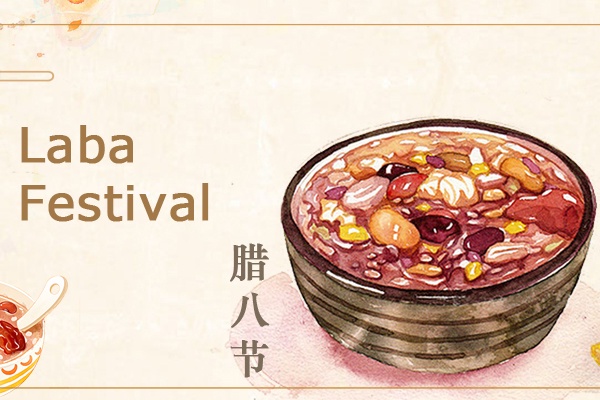
1. Brief Introduction:
Laba Festival, also known as Laba, is a traditional Chinese festival celebrated on the eighth day of La Month, the twelfth month in Chinese Lunar Calendar. It had not fallen on a fixed day until the Northern and Southern dynasties, when it was influenced by Buddhism and got a fixed time on the eighth day of twelfth month, which was also the enlightenment day of the Buddha.
2. Origin of Laba Festival
In ancient times, people worshiped ancestors and gods (like the door-god, kitchen-god and well god) to pray for harvest and happiness in the next year.
Later, in the early Qin Dynasty, the festival was usually celebrated on the third Xu day after the Winter Solstice.
Then in the Northern and Southern dynasties, Buddhism was introduced into China. Influenced by region, the festival was in celebration of the foundation of Buddhism as well.
3. Customs on Laba Festival
※Ancestor Worship
At the end of the year, working people get more free time to prepare for the offering to the ancestors. The reason the 12th lunar month is called La Yue has a lot to do with the custom of offering.
※Eat laba congee
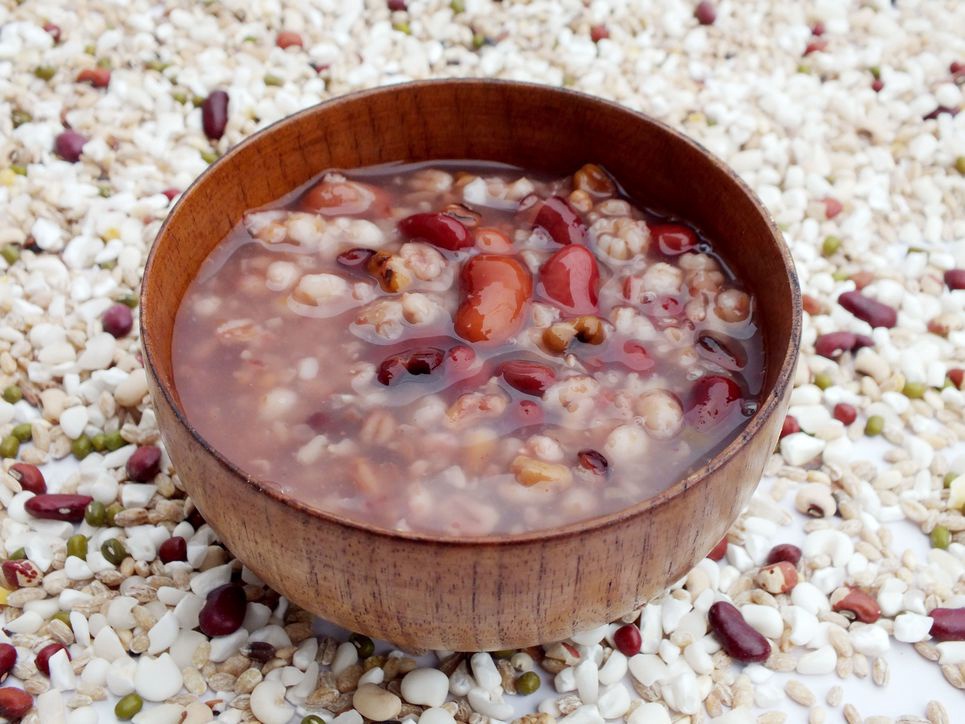
The laba congee is also called Qi Bao Wu Wei Zhou (literally meaning the congee with seven treasures and five tastes). The custom, eating Laba congee, originated from the Song Dynasty, said to commemorate Yue Fei, a hero in the Song Dynasty. The earliest form of this dish was cooked with red beans and has since developed into many different kinds. It is mainly made up of many kinds of rice, beans, peanuts, dried fruit, lotus seeds, etc. Depending on region-based variations in China, it can also include tofu, potato, meat and vegetables. In Beijing, laba congee is a delicacy. The congee, whose basement is rice, includes over 20 kinds of ingredients like pearl barley, small red bean, millet, red date, lotus seed, walnut and chestnut etc.
Other Delicacies eaten on this festival:
Laba Noodle Soup: In northern China, eating Laba noodle soup is obligatory, and is made with eight different shredded ingredients and hot chili pepper.
Laba Garlic: The Laba garlic is a vinegar-preserved garlic. Its refined color is green and its taste is sour and slightly spicy.
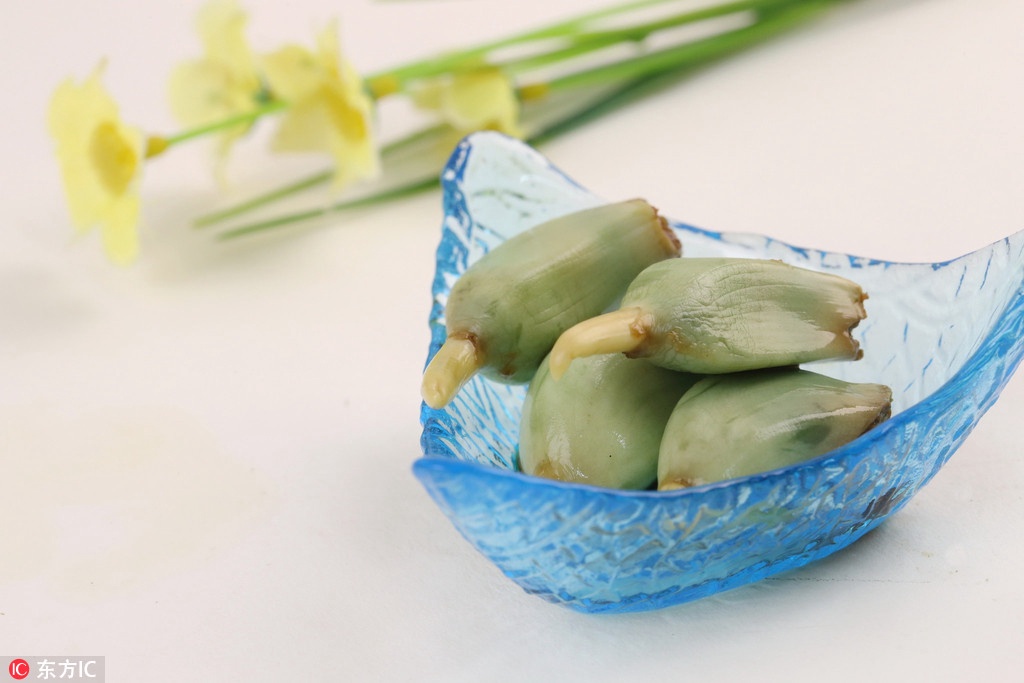
※Preparation the coming Spring Festival
Chinese people consider the Laba Festival to be the beginning of the Spring Festival, the most important festival for Chinese people.
4. Where to eat laba congee in Beijing
Beijing's temples will invite visitors to taste laba congee on this day for free. Monks will chant sutras and pray for Buddha to bless people. We have rounded up several temples in Beijing serving Laba congee for visitors.
Lama Temple (雍和宫)
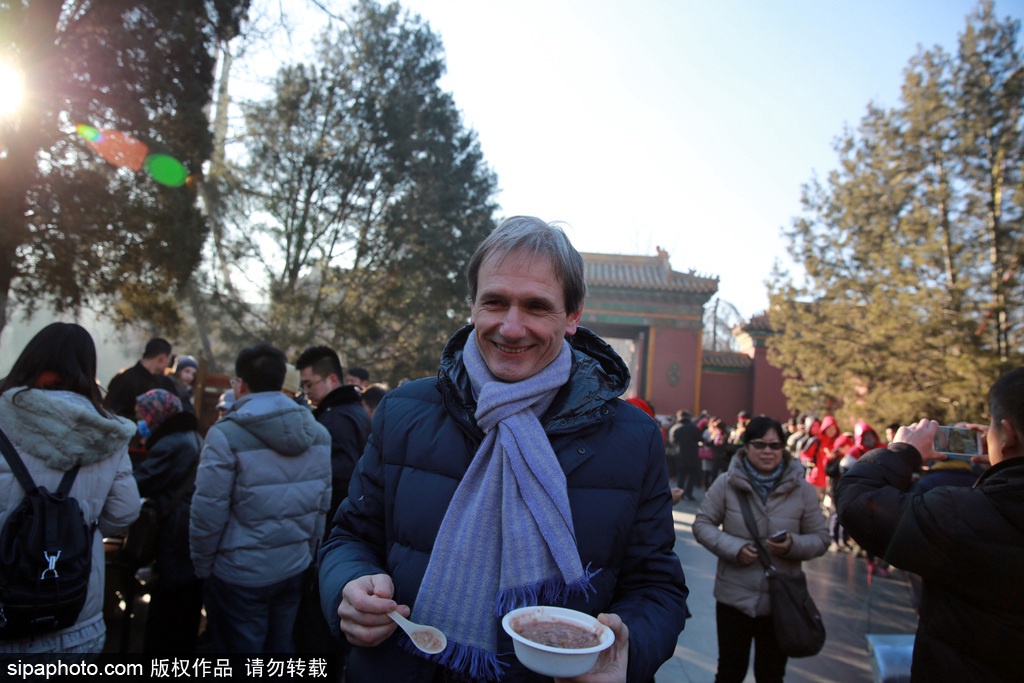
The Yonghe Lamasery is the largest Tibetan Buddhist temple in the city. With a history of 300 years, the 66,400-square-meter temple owns more than one thousand houses and rooms. Before the temple, there used to be lavatories of an official apartment held by eunuchs in the Ming Dynasty. Later in the 32nd year of Qianlong Emperor’s reign, it became the mansion of Yinzhen, his fourth son. Since the Qing Dynasty, monks of Lama Temple have hosted ceremonies on the Laba Festival. They prepare all the ingredients of laba congee in early December in celebration of this festival.
Address: No. 12, Yonghegong Street, Dongcheng District, Beijing
Yunju Temple (云居寺)
Located at the foot of Baidai Mountain in Fangshan district, Beijing, Yunju Temple enjoys a reputation of “The Giant Temple in Northern China”. Meaning “the temple where clouds linger”, it was built in the late Sui (581-618) and early Tang (618-907) dynasties. The nine caves of Buddhist scriptures feature a vast number of stone scriptures, paper scriptures and wooden scriptures and are regarded as the Three Treasures in the temple. People also visit the temple for its peaceful and tranquil atmosphere, a symbol of Buddhism.
Address: North of Shuitou Village, Dashiwo Town, Fangshan District, Beijing
Fayuan Temple (法源寺)
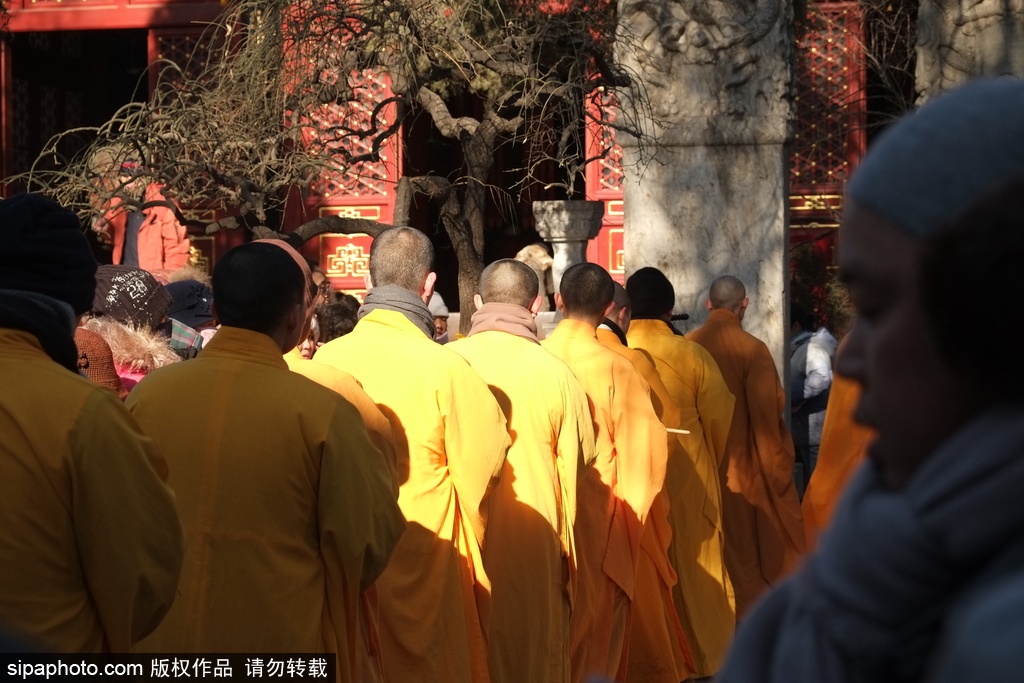
The Fayuan Temple, originally named Minzhong Temple, was first built in the year 645 during the reign of Li Shimin in Tang Dynasty, in honor of soldiers killed in battle, and later rebuilt in the Zhengtong era (1436–1449) of the Ming Dynasty. With a long history of more than 1,300 years, it is Beijing’s oldest surviving temple. Occupying an area of 6700 square meters, the temple remains a symbol of Chinese traditional architectural structure and axial symmetry. It is an ideal choice if you admire the Chinese architecture and religious culture of the Han People. Situated in a hutong, it is its own peaceful oasis away from crowds. In fact, Fayuan Temple is not only a solemn place of Buddhist culture, but also a place of plants.
Address: 7 Fayuansi Front St, Xicheng District, Beijing.
Tanzhe Temple (潭柘寺)
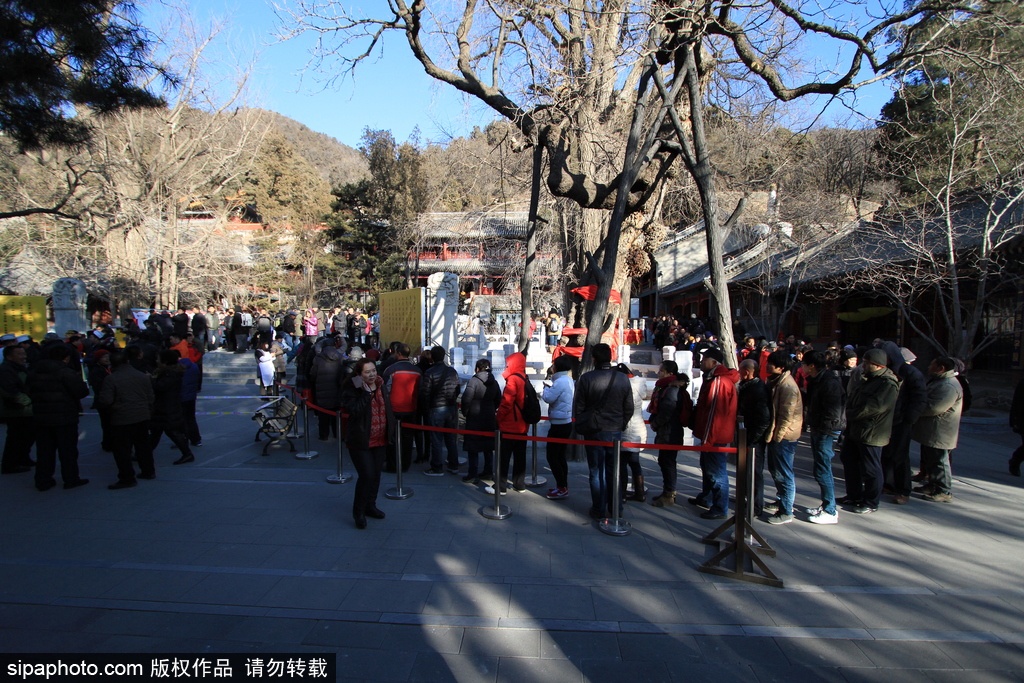
The Tanzhe Temple is a Buddhist temple situated in the Western Hills, a mountainous area in western Beijing. With over 1700-year history, it is one of the most well-known in Beijing as well as one of the most important temples in the nation during the Qing Dynasty. The temple features huge ancient trees and architectures. Facing south, backed by mountains, Tanzhe Temple is encircled by nine tall mountains. As a famous old temple in Beijing, it has received many tourists and pilgrims throughout history.
Address: The foot of Tanzhe Mountain, Tanzhesi Town, Mentougou District, Beijing



